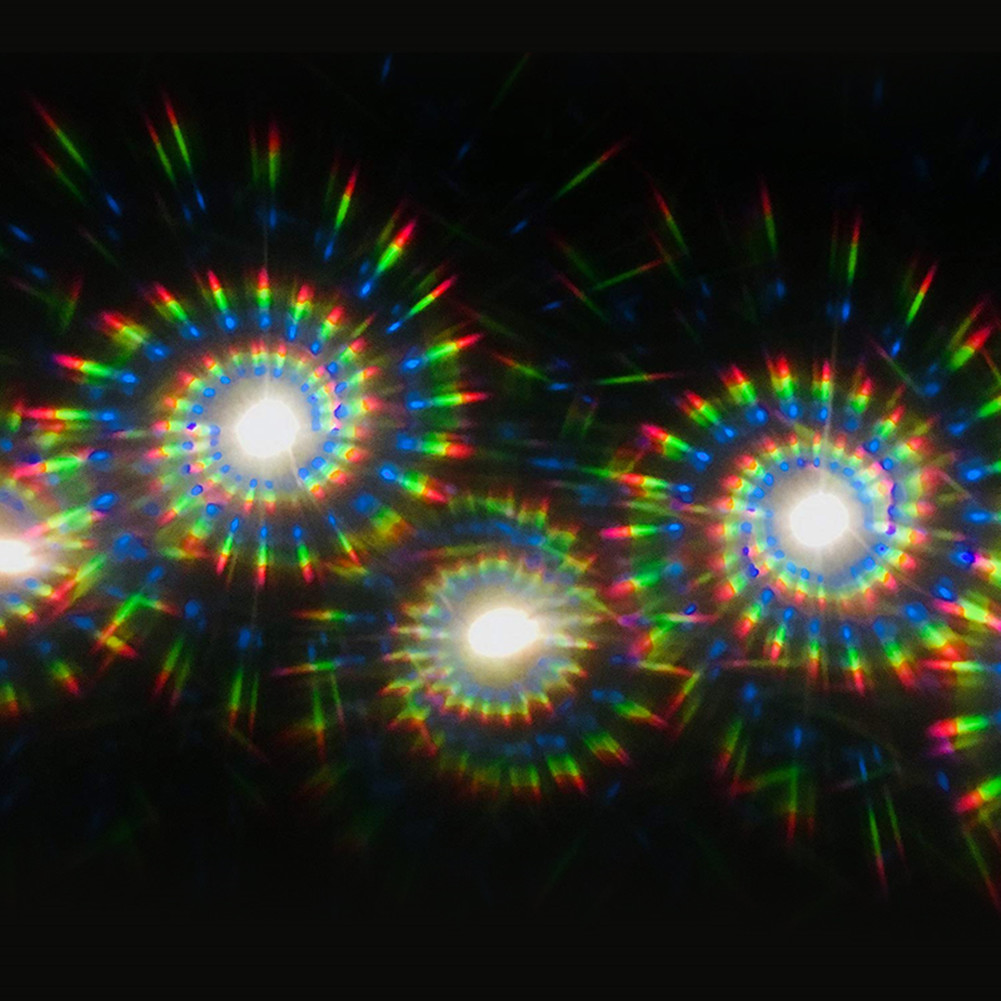
You can turn this demonstration into an experiment. Some give clear rainbows, while others more diffuse. If you want to see a rainbow, you should stand with the Sun in your back and look at water droplets in the sky.ĬDs are a bit different in how the are made and therefore you should try with several different ones. The light ray is spread to some extent in all directions from the front of the water drop, but most of its colors are concentrated 40-42° from the direction of the Sun. Then the light ray again crosses the boundary between water and air on the front of the water droplet, though this time on its way out of it, and the colors are separated even more. The light ray is then reflected on the inside of the "back" of the water droplet (some light also passes out here, but doesn't give rise to a rainbow) and turns back approximately towards the direction of the Sun. The light ray changes from being narrow and white to becoming a little wider and consisting of all the colors in a rainbow. When a white light ray enters the "front" of a droplet of water, and passes the transition between air and water, the different colors refract in different directions. Namely, a rainbow arises with the help of small water droples in the air. But in the sky it happens a little differently - not by the light being reflected on a landscape of tiny irregularities, but by the light moving from one medium to another. To make the rainbow clearer, it's good idea to cover all surfaces that only reflect the white light without dividing it into colors.Ī rainbow in the atmosphere is also created by the separation of colors at the same time as they are reflected. But you can also let this light travel further to a white roof, and get an even more beautiful view. Your eyes are hit by the reflected light.

You can see this rainbow of colors just by looking at the CD. In this demonstration, the CD acts as a diffraction grating, which is a technical device used to separate different colors. Pure white light consists, for example, of all possible colors and these are reflected in different directions on the CD's bumpy surface, at the same time as they are amplified, and become clearly visible. It's divided into the different colors that the light consists of. This causes something strange to happen when light hits the surface of a CD. The distance between these elevations is very small, so small that it's in the same order of magnitude as the wavelength of light. On a CD, the information is stored in the form of rows of elevations on an otherwise flat "landscape".

When white light hits a CD, it separates and the individual colors become visible.

White light from the Sun or a lamp actually consists of many colors. If you don't get a good rainbow, try with other CDs - it makes a big difference.


 0 kommentar(er)
0 kommentar(er)
